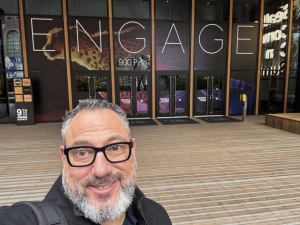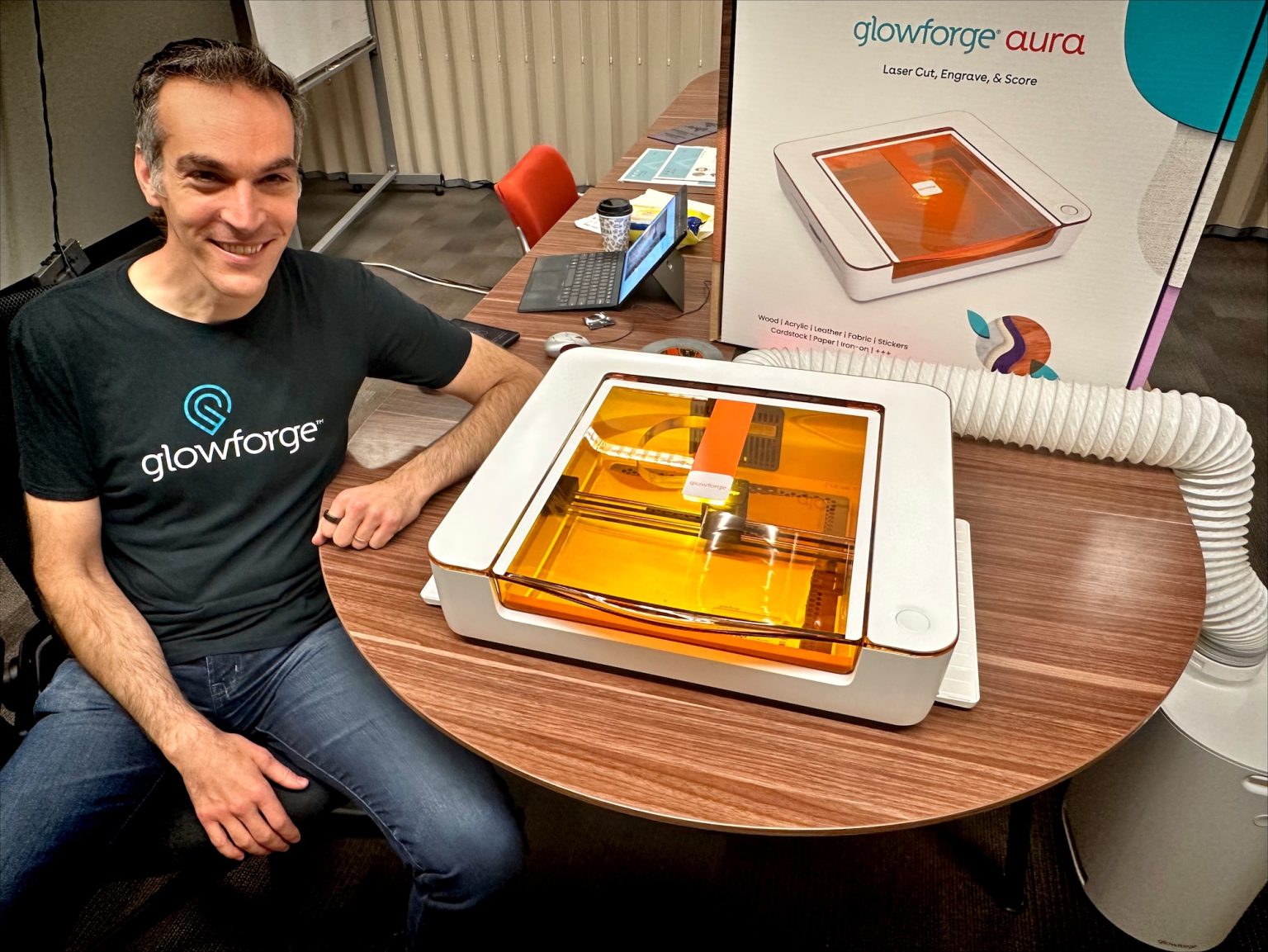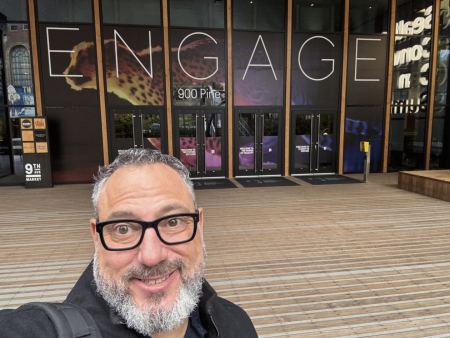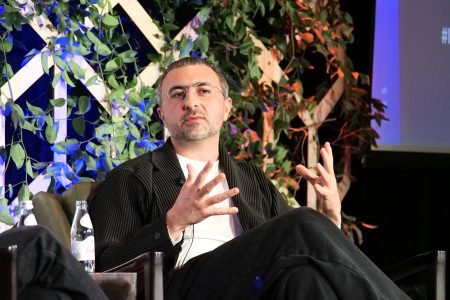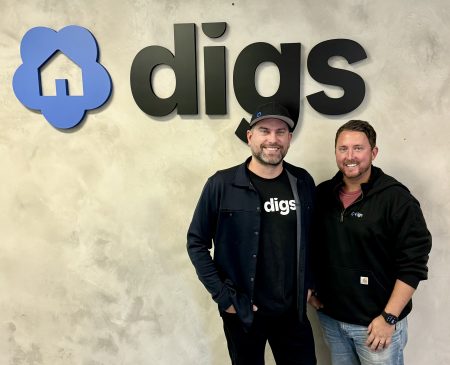Glowforge: A Decade-Long Journey of Innovation, Struggle, and Rebirth
In the heart of Seattle, Glowforge began as a visionary startup in 2015 with a simple yet revolutionary idea: to create desktop laser cutters that would enable anyone to craft beautiful, intricate objects without needing specialized skills or expensive equipment. Co-founded by Dan Shapiro, Mark Gosselin, and Tony Wright (who departed in 2017), the company quickly captured the imagination of the maker community, setting a crowdfunding record with an impressive $27.9 million raised in just 30 days. Shapiro, who had previously sold his startup Sparkbuy to Google and created the successful Robot Turtles coding board game, led the company through a decade of remarkable highs and challenging lows. Glowforge’s desktop laser machines allowed users to transform raw materials like leather, paper, plastic, fabric, and cardboard into personalized creations through their intuitive cloud-based software, accessible via any web browser on computers, tablets, or phones. The technology democratized crafting, bringing professional-quality laser cutting and engraving capabilities to homes, schools, and small businesses across the country.
Despite raising $183 million from prominent investors including Brad Feld’s Foundry Group, True Ventures, MakerBot co-founder Bre Pettis, and numerous other tech luminaries, Glowforge’s journey wasn’t without significant struggles. The company faced shipping delays in its early years that extended into 2017, leading to customer frustration and order cancellations. By 2022, just as Shapiro reveals they were “weeks away from going public,” the business was hit hard by what he describes as “a collapse in the crafting market” that devastated strategic retail partners like JOANN, which eventually filed for bankruptcy in 2024. The pressure to scale rapidly, meet aggressive growth metrics, and justify increasingly higher valuations began to pull the company away from its core mission. The startup’s expansion included diversifying its product line with higher-end machines like the Glowforge Plus ($4,995) and Glowforge Pro ($6,995), while later introducing more accessible options such as the $1,200 Aura in 2023 and the $699 Spark in 2024 to reach a broader consumer base. Additionally, Glowforge expanded from direct-to-consumer sales to partnerships with major craft retailers and developed offerings for schools and universities.
The past year proved especially challenging for Glowforge, culminating in a significant restructuring. Early in 2025, the company moved assembly of its high-end machines from Mexico back to Seattle, opening a production facility in its SoDo headquarters that employed 15 people. At the time, Glowforge had just over 90 full-time and contract employees. However, the situation deteriorated rapidly, with multiple rounds of layoffs in August affecting various teams across the organization. By September, the newly established Seattle production facility was shuttered following even more staff reductions. Shapiro candidly acknowledged the difficulty of this period, stating, “I’m not going to pretend this year was anything but brutal. Layoffs are painful. Restructuring is messy. And there are people who believed in the original company who are understandably disappointed.” The culmination of these struggles led to an Assignment for the Benefit of Creditors, a state-level alternative to bankruptcy, after what Shapiro described as “a painful nine months looking at every possible option for the business.”
Yet, in what seems like a remarkable plot twist in the Glowforge story, this isn’t the end for the innovative laser-cutting company. When faced with liquidation, Shapiro and co-founder Mark Gosselin took a bold step to save the business they had built. After a sales process run by the board of directors failed to attract any bidders, Shapiro and Gosselin used their own personal savings to acquire the trademark, brand, hardware platform, software, and manufacturing rights for Glowforge. This dramatic move has allowed for a streamlined rebirth of the company, one that Shapiro claims will be profitable from the outset with a team of approximately 20 former employees. The new incarnation of Glowforge will focus on “getting back to basics,” improving their hardware and software while prioritizing customer service over rapid growth and investor expectations. As Shapiro puts it, they’re returning to their original 2015 vision with a team “that’s here for the mission, not the vanity metrics” and focused on serving customers “rather than optimizing for investor presentations.”
The revitalized Glowforge plans to continue offering the same hardware and software products that made them popular, with improvements on the horizon. New features are already being launched, including Box Builder, which leverages generative AI to create custom box designs based on simple text descriptions, and Snapmarks, which allows users to print designs on a regular inkjet printer and then load them into a Glowforge for precise cutting. Shapiro also intends to maintain their Seattle-based manufacturing approach, emphasizing the company’s commitment to quality and local production. Through all the challenges, Shapiro has maintained his characteristic optimism, describing this new chapter as a “rebirth” that strips away the unnecessary complexities that had accumulated over years of growth-focused operations. “When we stripped the business to its essentials, we could see what we actually needed to serve our customers,” Shapiro reflected, highlighting the sometimes hidden costs of prioritizing growth above all else.
As Glowforge enters its second decade, the story of this innovative Seattle startup serves as both a cautionary tale and an inspiring example of entrepreneurial resilience. From record-breaking crowdfunding success to near-dissolution and now rebirth, the company’s journey reflects the volatile nature of tech startups, especially those operating at the intersection of technology and consumer crafting. Shapiro characterizes the new Glowforge as “awesome product, amazing customers, and profitable” from day one, adding that the company is now “simpler, more focused, and more committed to the long haul.” Most importantly, he emphasizes that both he and Gosselin are “all in” on this new chapter, returning to their founding belief that “everyone should be able to make beautiful things.” In this streamlined form, freed from the pressures of constantly chasing growth metrics and funding rounds, Glowforge may finally have found a sustainable path forward—one that honors its original mission of bringing the joy of creation to makers of all skill levels, while building a business that can withstand the inevitable ups and downs of the market.
